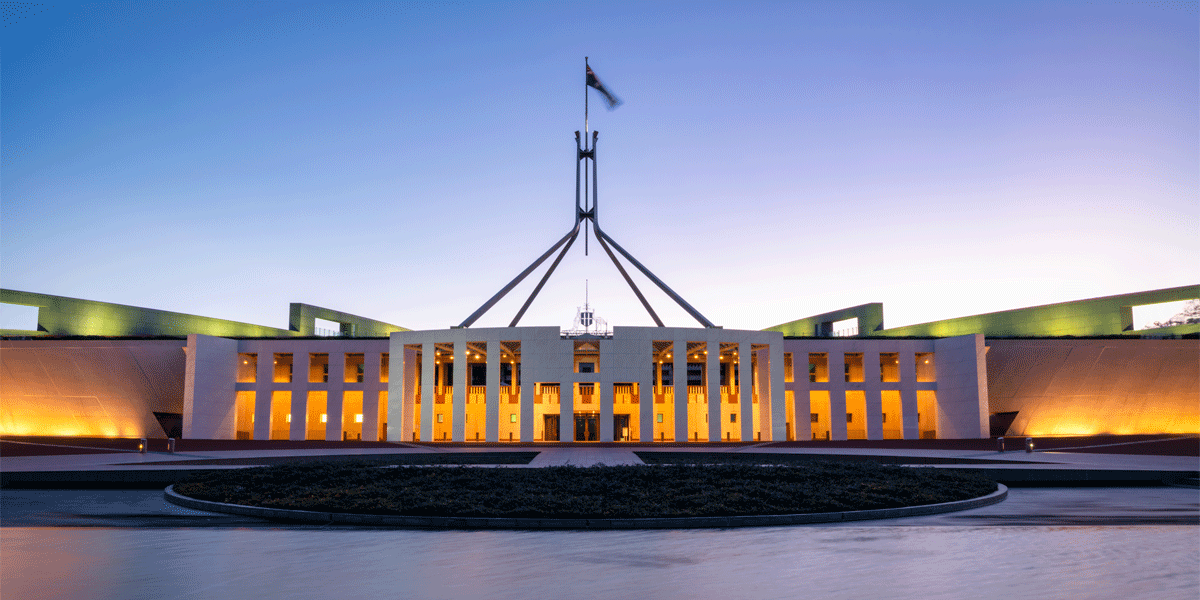Download the PDF

A blueprint for change or just another talkfest?
This week saw the Federal Government's much anticipated Economic Reform Roundtable wrap up after three jam-packed days of discussion. The event was pitched as a way for Australia's top experts and leaders to tackle how to improve productivity, economic resilience and budget sustainability. In his post-Roundtable press conference, Treasurer Chalmers was brimming with optimism at the willingness of participants - including public servants, union representatives and business leaders - to collaborate in the national interest. However, as had been flagged in the lead up to the event, the talks were not expected to deliver an economic panacea. Solving the issues plaguing the economy will be a gradual process of incremental change, or in the words of the head of the Productivity Commission “continual boundary pushing”.
Nevertheless, there are some areas where the government thinks it can get some quick runs on the board. Simplifying regulation is a key priority, with the government intending to release a raft of ideas submitted by major regulators to stoke public debate. Accelerating the overhaul of the Environment Protection and Biodiversity Conservation Act, reducing red tape in the National Construction Code and adopting legislation to reduce repetition in compliance processes will be specifically targeted. The government also plans to undertake further work on removing hundreds more nuisance tariffs, integrating AI into the economy and streamlining the process for investing in major projects in Australia.
A road-user charge was touted as having broad based support from Roundtable participants. The Federal Government faces dwindling revenue from the fuel excise tax as petrol vehicles are replaced with electric ones. A road-user charge would address the narrowing tax base as the share of EVs increases and ensure all road users pay for road maintenance and construction costs, regardless of their vehicle choice. Some State governments are clearly supportive of a road-user charge. Victoria implemented its own road-user charge on low-emissions vehicles in 2021, but it was ruled unconstitutional by the High Court. Despite being legally recognised as the domain of the Federal government, NSW has planned its own road-user charge to begin in mid-2027. The States are expected to provide the Federal Government with an options paper in early September on the subject. Many decisions will need to be made on the structure of such a charge, including whether it would apply to all vehicles or just low-emissions vehicles, how to treat rural and urban drivers, and the timing of such a scheme.
Separate to the Roundtable but related to Budget repair, the government this week announced its intention to get NDIS spending growth down to around 6% annually. A step towards achieving this goal will see children with mild or moderate developmental delays or autism diverted to a separate scheme that the government has committed $2 billion towards. However, this announcement alone is not anywhere near sufficient to achieve the NDIS growth goal and more work will be needed to achieve the target. A more immediate improvement to the Budget will come from a lift in the deeming rate for government payments (predominantly the aged pension), also announced this week, in a move that will add $1.8 billion to revenue over the forward estimates.
While the Federal Government was able to announce a list of 'quick' wins, even larger was the basket of items that will need considerably more work and consultation to achieve. Housing is one such area which is deeply wrapped up in issues of productivity, regulation, tax treatment and, as highlighted by the Treasurer, intergenerational inequity. The Federal Government flagged work to be done to improve the speed and cost of building houses, including encouraging pre-fabricated and modular housing, working with the states on zoning and approvals and overhauling the National Construction Code. This is likely to take place over a period of years rather than months.
Another slow-moving piece of the productivity puzzle largely absent from Chalmers' post-Roundtable press conference was boosting business investment. Ahead of the Roundtable, the Productivity Commission recommended lowering the corporate tax rate for most businesses and an additional cash flow tax on all businesses as a way of encouraging investment. The lack of reference to this measure or any other major tax proposals from the Treasurer highlights how significant a challenge designing and getting agreement on tax reform is. However, it does appear the government has ambitions to eventually implement tax changes and will likely spend its current term constructing a plan it can take to the electorate.
There are positives to be taken away from the Roundtable, including the appetite from different stakeholders to come together to find common ground. There was also a clear consensus to address the issue of intergenerational fairness. However, the challenge for the Federal government will be selling its vision to the broader public. Dressing up a suite of small but meaningful changes to legislation and regulation whose impact will be a slow burn, is difficult to say the least. Making new changes to the tax system, which the government has said it would need to take to another election, is an even heftier task. The Federal Government's large parliamentary majority give it the best chance of any recent government of making these changes, but it has a long way to go to make it reality.
